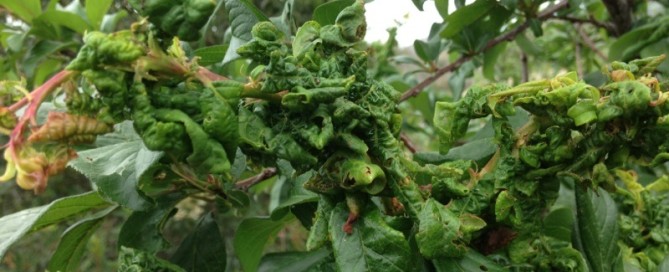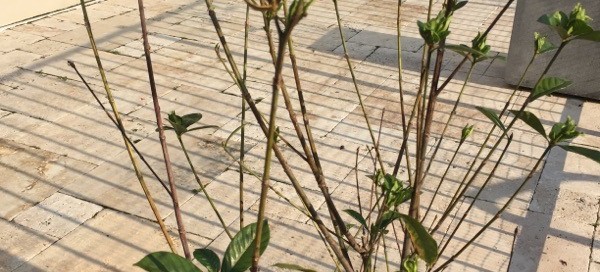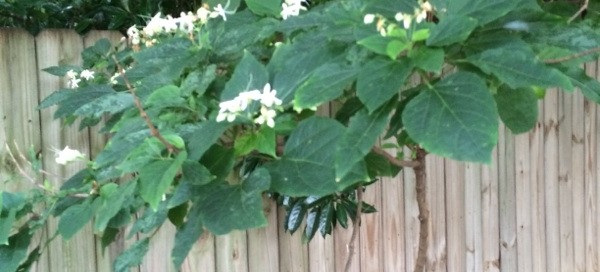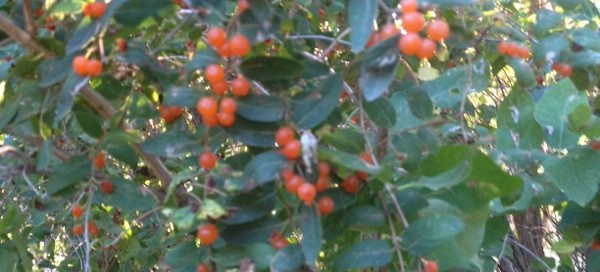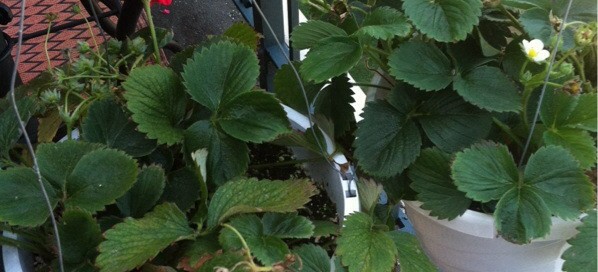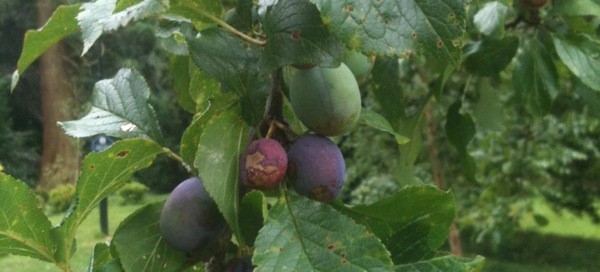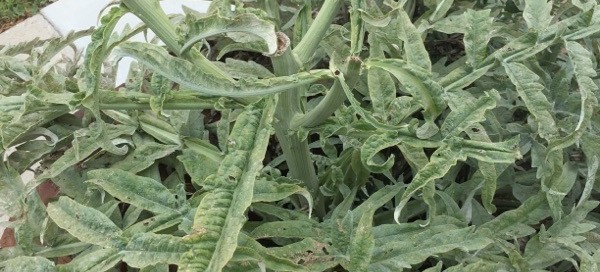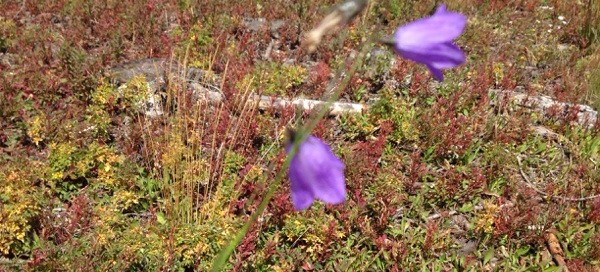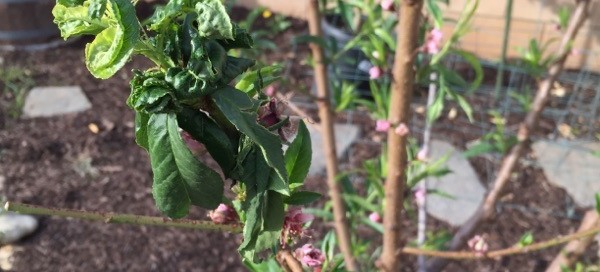Leaf Curl Plum Aphid
This is insect pest damage caused by a particular species of sap sucking Aphids. Its not unusual, unfortunately. We've included a link with all the info you'll need to deal with it now (which may include pruning the effected branches) and in the future. Please note that this info was prepared for orchard managers, not necessarily for backyard trees, but the info is still pertinent. For example, you'll need to treat during tree dormancy, and at other times to reduce the insect population and/or avoid this next year. (Some of the pesticides listed in this link will not be available to you, unless you are a licensed pesticide applicator). Please note that spray applications of pesticides at this stage will not be very effective, if at all, on the aphids feeding in the curled leaves because the pesticide won't contact the insects. To deal with any that are not hidden in the curled leaves you can use a horticultural oil, like Neem.
http://www.ipm.ucdavis.edu/PMG/r611301811.html
